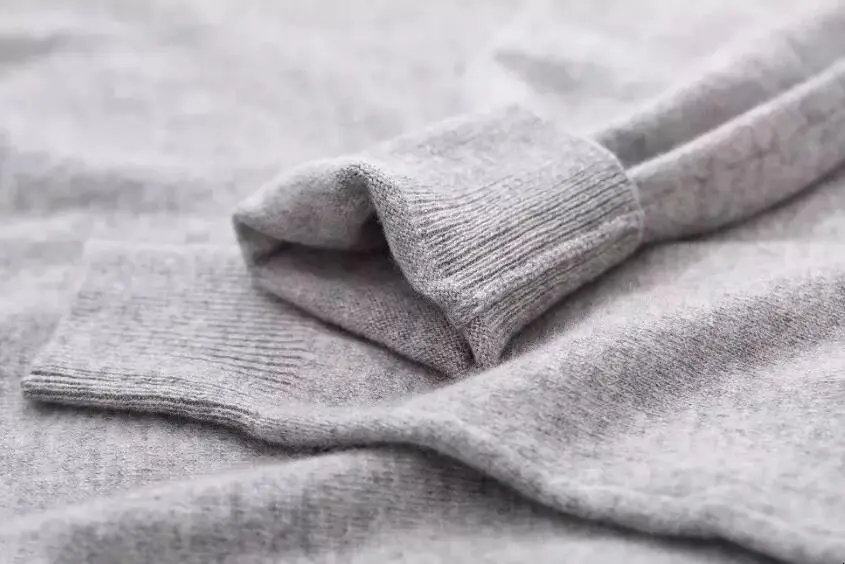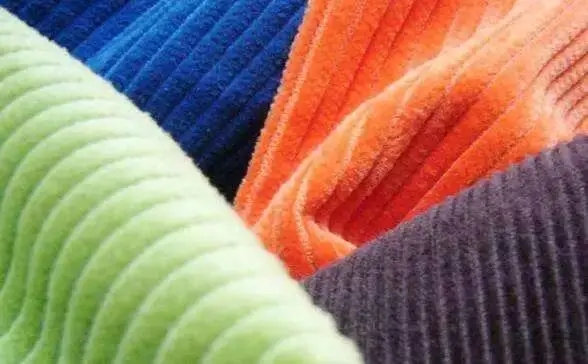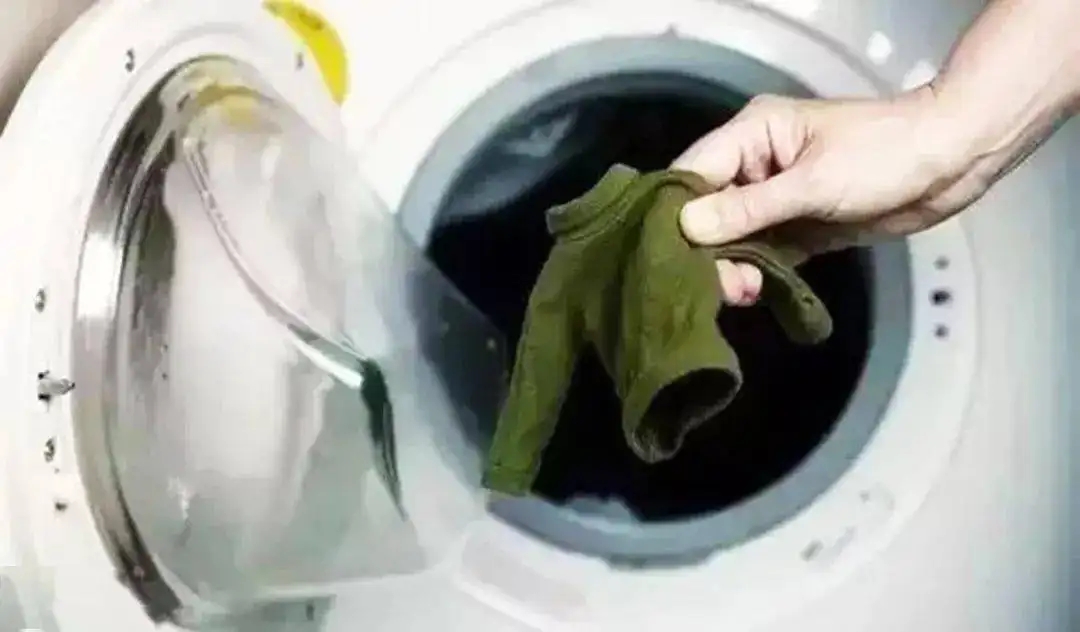The Shrinkage Rate of Various Fabrics
Cotton: 4~10%
Chemical Fiber: 4~8%
Cotton/ Polyester: 3.5~5.5%
Natural White Cloth: 3%
Blue Nankeen: 3~4%
Poplin: 3~4.5%
Cotton Prints: 3~3.5%
Twill: 4%
Denim: 10%
Artificial Cotton: 10%
Factors Influencing Shrinkage Rate
1.Raw material
Fabrics made of different raw materials have different shrinkage rate. Generally speaking, fiber with high hygroscopicity will expand after soaking in water. Its diameter increases and its length decreases, so the shrinkage rate is big. For example, the water absorption of some viscose fiber can be up to 13%. While synthetic fiber has poor moisture absorption, so its shrinkage rate is small.
2.Density
Fabrics have different density have different shrinkage rate. If the warp-latitudinal density is similar, the warp-latitudinal shrinkage rate is similar. If the fabric has high warp density, its warp shrinkage is greater. Conversely, if the latitudinal density of fabric is higher than warp density, its latitudinal shrinkage is bigger.

3.The thickness of yarn count
Fabric with different yarn counts have different shrinkage rate. Cloth with thick yarn count has big shrinkage rate. And the shrinkage rate of the fabric with thin yarn count is small.
4.Manufacturing technique
Fabrics by different manufacturing technique have different shrinkage rate. Generally, in the process of weaving, dyeing and finishing, the fibers have to be stretched many times and also the processing time is long. Fabrics by greater tension have bigger shrinkage rate.
5.Fiber composition
Comparing with plant regenerated fiber (eg. Viscose fiber) and synthetic fiber (eg. Polyester and acrylic fiber), natural plant fiber (eg. Cotton and flax) is easy to absorb moisture and expand, so its shrinkage rate is big. However, because of the scale structure of fiber surface, wool is easy to felting, which influences its dimensional stability.
6.Structure of fabric
Generally, the dimensional stability of woven fabric is better than that of knitted fabric. And the dimensional stability of high density fabric is better than that of low density fabric. In woven fabrics, the shrinkage rate of plain woven fabric is smaller than that of flannel fabric. In knitted fabrics, the shrinkage rate of plain stitch fabric is smaller than that of leno fabric.

7.Production and processing process
During the dyeing, printing and finishing process, fabrics will inevitably be stretched by the machine. So there exists tension on the fabrics. However, fabrics are easy to release tension when they are exposed to water. Hence, we will find that the fabrics shrink after washing. In actual process, we usually solve such problem by pre-shrinking.
8.Washing and caring process
Washing and caring include washing, drying and ironing, all of which will influence the shrinking of fabrics. For example, the dimensional stability of hand-washed samples is better than that of machine-washed samples. And the washing temperature also will influence the dimensional stability. In general, the temperature is higher, the dimensional stability is poorer.
The common used drying methods are drip drying method, metal mesh flat drying method, hanging drying method and rotary drying method. Among, drip drying method influences the least on dimension of fabrics. Rotary drying method influences the most on dimension of fabrics. And the other two methods are in the middle.
In addition, to choose a suitable ironing temperature according to the fabric composition will improve the shrinkage condition. For example, the shrinkage of fabrics of cotton and flax can be improved by high temperature ironing. But higher temperature is not always better. For synthetic fibers, high temperature ironing will not improve its shrinkage rate, but will damage its performance. For example, fabrics will become hard and brittle.
Wholesale 24069 Anti-wrinkling Agent Manufacturer and Supplier | Innovative (textile-chem.com)
Post time: Nov-26-2022


